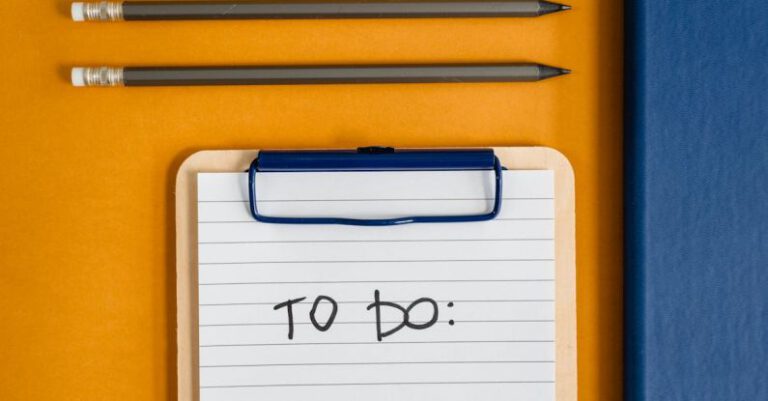How to Manage Email Overload and Stay Efficient?
In today’s fast-paced digital age, managing email overload has become a common challenge for many people. The constant influx of emails can quickly become overwhelming, leading to decreased productivity and increased stress. However, with the right strategies and tools in place, it is possible to effectively manage email overload and stay efficient in your daily tasks. In this article, we will explore some practical tips to help you take control of your inbox and optimize your email management skills.
Establish Clear Email Management Habits
The key to managing email overload is to establish clear email management habits that work for you. Set designated times throughout the day to check and respond to emails, rather than constantly checking your inbox as new messages come in. This will help you stay focused on your other tasks without getting distracted by incoming emails. Additionally, create folders or labels to organize your emails based on priority or category, making it easier to locate specific messages when needed.
Utilize Email Filtering and Rules
Most email platforms offer filtering and rule features that allow you to automatically sort incoming emails based on criteria you set. Take advantage of these tools to streamline your inbox and prioritize important messages. Set up filters to automatically move non-urgent emails to specific folders or mark them as read, reducing the clutter in your main inbox. Rules can also be applied to sort emails from specific senders or containing certain keywords, helping you stay organized and focused on the emails that matter most.
Unsubscribe and Declutter Regularly
Over time, your inbox can become filled with newsletters, promotional emails, and other non-essential messages that contribute to email overload. Take the time to unsubscribe from mailing lists or newsletters that no longer serve a purpose, and regularly declutter your inbox by deleting or archiving old messages. By reducing the volume of unnecessary emails, you can create a more manageable inbox and prevent important messages from getting lost in the clutter.
Use Email Templates and Canned Responses
To save time and streamline your email communication, consider using email templates or canned responses for common messages or replies. Create templates for recurring emails such as meeting requests, follow-ups, or responses to frequently asked questions. This will help you respond quickly to messages without having to compose a new email from scratch each time. Many email platforms also offer the option to save and reuse canned responses, making it easy to send standard replies with just a few clicks.
Set Boundaries and Manage Expectations
It is important to set boundaries and manage expectations with your colleagues, clients, and contacts regarding your email communication. Clearly communicate your preferred response times, availability, and the types of messages that require immediate attention. By setting expectations upfront, you can avoid unnecessary back-and-forth emails and reduce the pressure to respond to every message immediately. Establishing boundaries will help you maintain a healthy work-life balance and prevent email overload from taking over your day.
Delegate and Collaborate When Needed
If you receive emails that require input or action from others on your team, consider delegating or collaborating on tasks to streamline the process. Use email collaboration tools or project management platforms to assign tasks, share updates, and track progress on projects. By involving the relevant team members in email communication, you can ensure that tasks are completed efficiently and reduce the need for extensive email exchanges.
Embrace Alternative Communication Channels
In some cases, email may not be the most effective or efficient communication channel for certain tasks or discussions. Consider using alternative communication tools such as instant messaging, video calls, or collaborative platforms for real-time interactions and quick decision-making. By choosing the right communication channel for each situation, you can reduce the reliance on email and improve overall efficiency in your work processes.
Conclusion: Mastering the Art of Email Management
Managing email overload requires a combination of effective strategies, habits, and tools to stay organized and efficient in your communication. By establishing clear email management habits, utilizing filtering and rules, decluttering regularly, and using templates and canned responses, you can take control of your inbox and prioritize your tasks effectively. Setting boundaries, delegating tasks, and embracing alternative communication channels can further enhance your email management skills and help you stay productive in a digital world filled with constant information flow. With these tips in mind, you can master the art of email management and stay efficient in your daily work routine.






